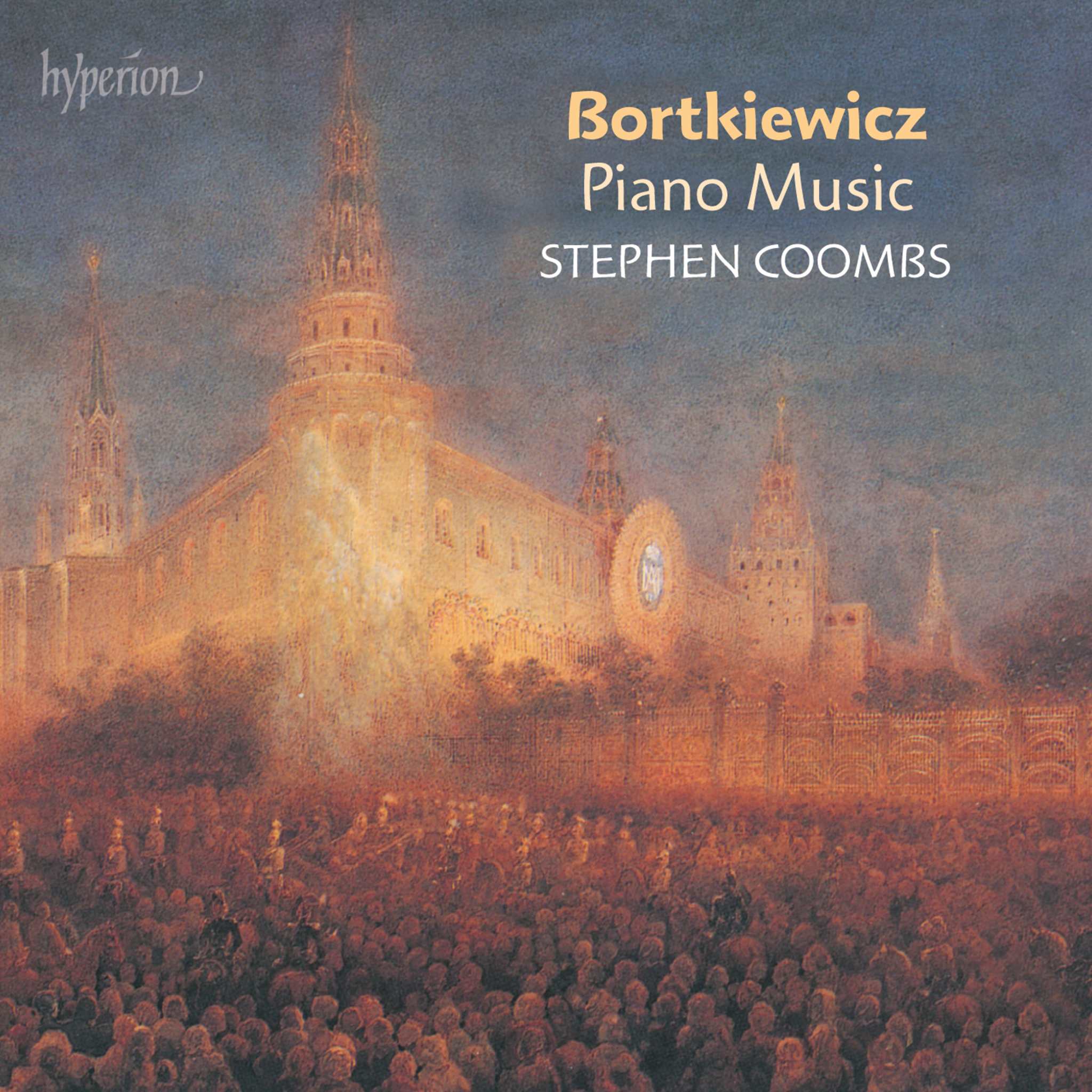Album insights
Liszt's fourth selection of operatic piano works spans sixty to seventy years of his composer career. The vast variety showcases Liszt's broad musical range, encompassing enduring opera masterpieces, lesser-known gems, and forgotten works. Liszt's unique musical ambitions and techniques, from faithful transcriptions to original compositions based on foreign themes, shine brightly.
In Réminiscences des Puritains, Liszt captures the essence of I Puritani without simply condensing the plot, instead enriching harmonies and exploring orchestral qualities on the piano. The militaristic elements are subtly integrated, primarily in the introduction and transitional passages, focusing mainly on Arturo's "A te, o cara" Cavatina and Elvira's "Son vergin vezzosa" Aria in Polonaise form. Liszt's meticulous attention to detail led to the revision of the piece, opting for a more accessible rendition in 1840.
Liszt's choice not to create an extensive opera fantasy based on Verdi's works, like Don Carlos, reflects his focused approach towards limited material. The transcription of the Volkslied aus Tirol melody adds a unique touch, linked to Auber's La Fiancée and Liszt's early compositional years. Jérusalem, a French revision of Verdi's I Lombardi alla prima crociata, served as the inspiration for Liszt's delicate elaboration of Giselda's aria, Salve Maria!. Liszt's various versions of this piece highlight his evolving reinterpretations and restructuring techniques.
Joachim Raff's contributions as Liszt's secretary and assistant in Weimar shed light on a different facet of Liszt's operatic adaptations. Raff's interactions with Liszt, particularly seen in König Alfred and its subsequent transcriptions, offer a glimpse into their collaboration. Liszt's interpretations of Raff's works, like König Alfred's Andante and March, demonstrate Liszt's adeptness at transforming traditional harmonies into virtuosic piano renditions.
Among Liszt's extensive oeuvre, the Tarantelle di bravura and Sonnambula Fantasies stand out for their evolution and multiple versions. Liszt's inventive approaches to these works, including harmonious tweaks and structural enhancements, reveal his continual pursuit of refinement and creativity. The Sonnambula Fantasy, in particular, showcases Liszt's ability to encapsulate an operatic drama within a concise and dynamic piano piece, merging different themes from Bellini's opera into a cohesive musical narrative.




